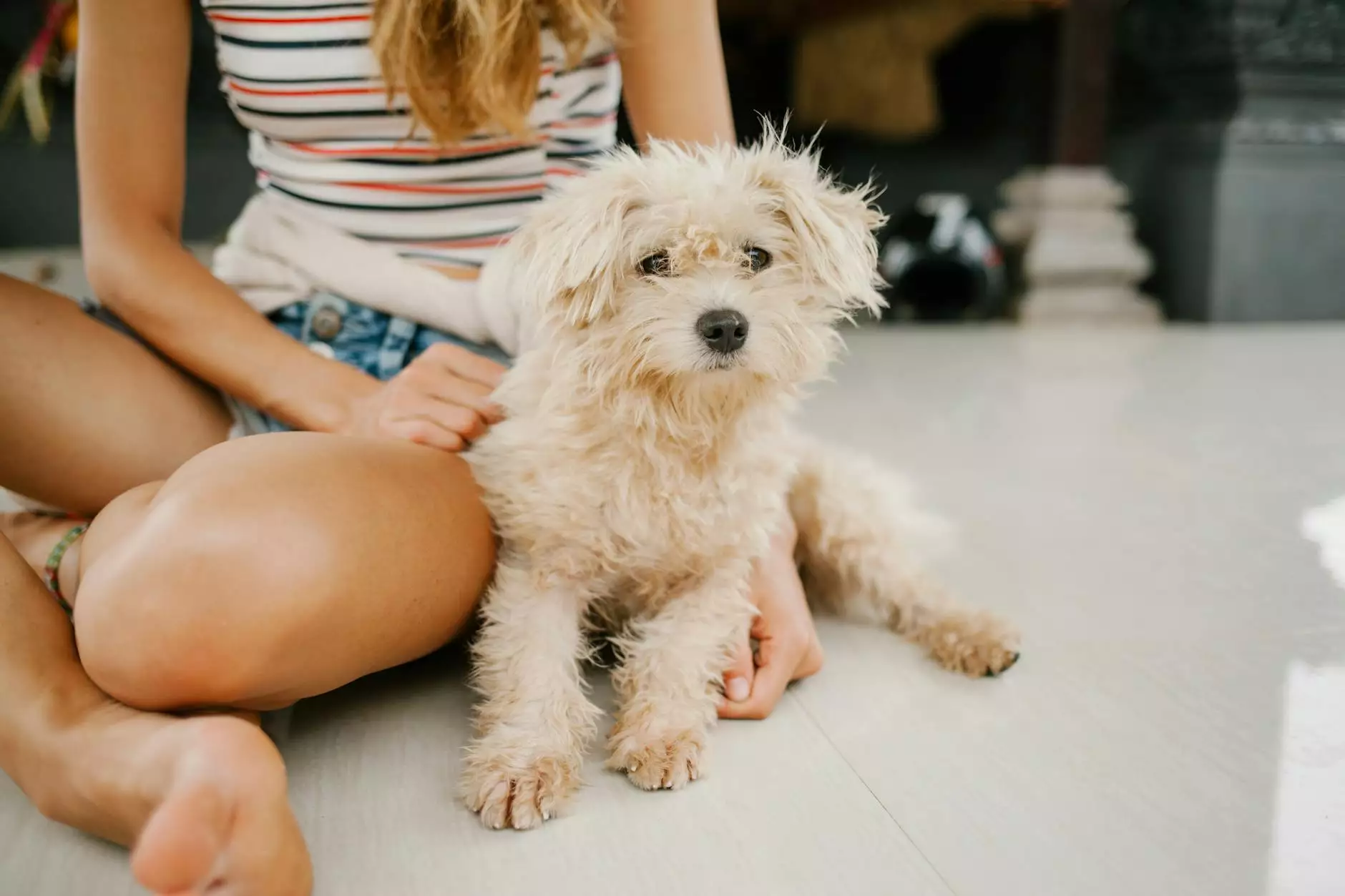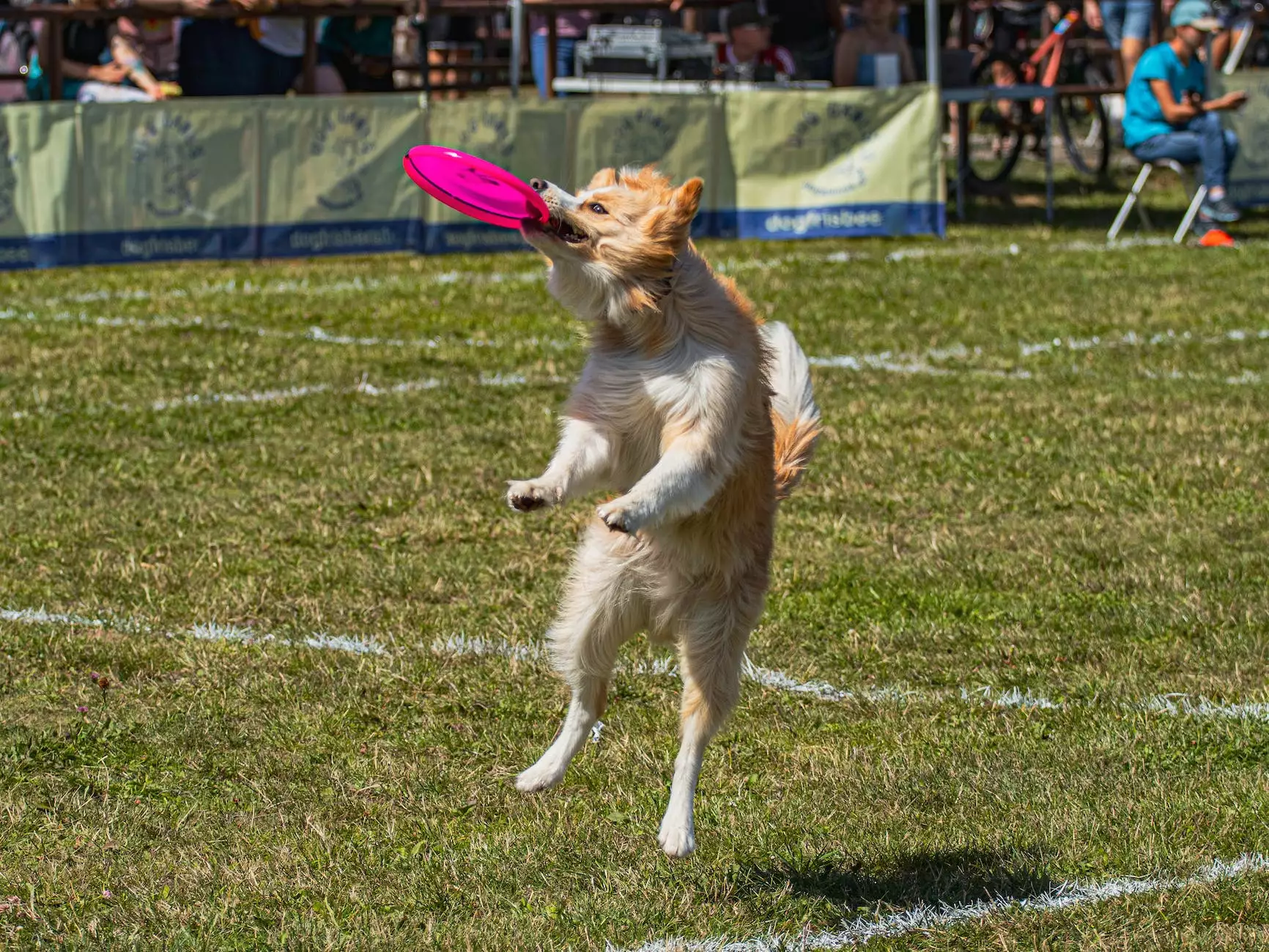Shy, Fearful, or Protective Dog Training - Six Common Training Mistakes
Training
Introduction
Welcome to The Upbeat K9, your reliable source for professional dog training advice. In this article, we will explore the training techniques and common mistakes dog owners make when dealing with shy, fearful, or protective dogs.
Understanding Shy, Fearful, or Protective Dogs
Dogs can exhibit various levels of shyness, fearfulness, or protectiveness, often due to genetics, past experiences, or lack of socialization. It is crucial to understand your dog's individual temperament and address their unique needs to ensure successful training.
Shy dogs may display avoidance behavior, cowering, or hiding. Fearful dogs might exhibit trembling, excessive barking, or aggression when threatened. Protective dogs feel the need to guard their owners, often showing signs of aggression towards other people or animals.
The Six Common Training Mistakes
1. Lack of Patience and Consistency
One of the biggest mistakes dog owners make is expecting quick results and not being patient enough with their shy, fearful, or protective dogs. Training these dogs requires time, effort, and consistency. Understand that progress will come gradually, and setbacks may occur along the way.
2. Using Punishment-based Techniques
Punishment-based training techniques can be detrimental to shy, fearful, or protective dogs. Instead of teaching them desirable behaviors, punishments can worsen their anxieties and fears. Positive reinforcement, on the other hand, rewards good behavior, encourages trust, and helps build a stronger bond with your dog.
3. Lack of Socialization
Socialization plays a vital role in shaping a dog's behavior and reducing their shyness or fearfulness. Exposing your dog to various environments, people, and other animals can help them develop confidence and better coping mechanisms. Gradually introducing them to new situations and rewarding positive interactions can make a significant difference in their overall demeanor.
4. Inconsistent Training Routine
Establishing a consistent training routine is essential when working with shy, fearful, or protective dogs. Inconsistency can confuse them and hinder their progress. Create a daily schedule for training sessions, exercises, playtime, and rest. Stick to the routine, as it provides stability and helps your dog feel more secure.
5. Overprotective Behavior from the Owner
As loving dog owners, it is natural to want to protect our dogs. However, excessive protectiveness can reinforce fearful or anxious behaviors. Avoid sheltering your dog from every potential trigger, as it may prevent them from learning how to navigate the world safely. Gradually expose them to controlled situations and provide positive reinforcement for calm and relaxed behavior.
6. Neglecting Professional Guidance
Successfully training shy, fearful, or protective dogs can be challenging, and it's crucial to seek professional guidance. Dog trainers experienced in handling behavioral issues can provide valuable insights and customized training plans that address your dog's specific needs. The Upbeat K9 offers expert trainers dedicated to helping you and your dog achieve the desired results.
Conclusion
Training shy, fearful, or protective dogs requires time, patience, and a deep understanding of their unique needs. By avoiding these common training mistakes and implementing positive reinforcement techniques, socialization, and consistent routines, you can help your dog gain confidence and thrive. Remember, seeking professional guidance from The Upbeat K9 can significantly enhance your training journey. Start creating a stronger bond with your dog today!



